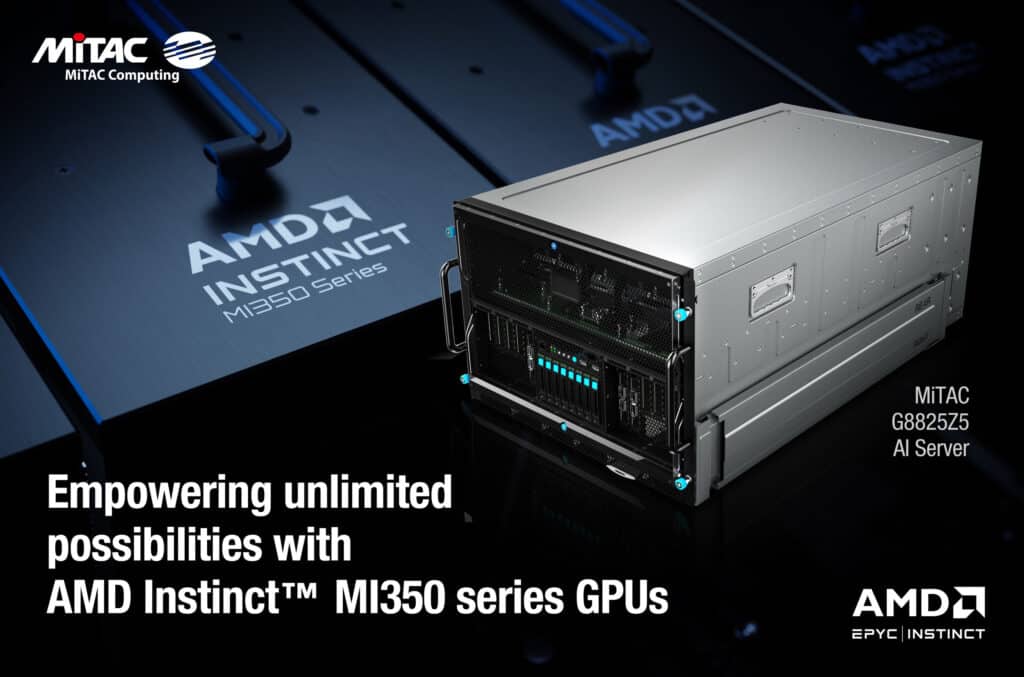Wall Street Optimistically Welcomes AMD’s Advancing AI Event, Despite Lack of Major Customer Announcements
AMD has made a significant impact in the artificial intelligence market following its “Advancing AI” event this week, presenting an ambitious roadmap that solidifies its position as a direct competitor to NVIDIA in the AI GPU sector. According to Wall Street analysts, the company could generate between $10 billion and $12 billion in 2026 solely from the artificial intelligence segment if it meets deadlines and scales its new generation of system solutions.
New Architecture and Performance Leap
The highlight announcement was the official unveiling of the MI350 GPUs, based on the fourth-generation Instinct architecture, which will be available in the third quarter of 2025. AMD claims that these new chips quadruple the AI computing power compared to the previous generation and provide up to 35 times more inference capability.
Additionally, the company has launched the seventh version of ROCm (Radeon Open Compute), its open-source platform to optimize the performance of its GPUs, promising improvements of 3.5 times in inference and 3 times in training compared to the previous version.
AMD’s strategy is further bolstered by the introduction of its Helios AI rack solution, which will combine MI400 GPUs (expected in 2026), Venice CPUs based on Zen 6, and Vulcano network cards. They also revealed their roadmap extending to 2027, when the MI500 GPUs and Verano CPUs will debut.
Financial Projections and Caution in the Markets
Analyst C.J. Muse from Cantor Fitzgerald estimates that AMD could generate $6 billion in AI revenue just in the second half of 2025 following the launch of the MI350s, noting that if the company scales its solutions efficiently, the potential in 2026 for its Data Center GPU line could reach $10 billion or even $12 billion.
However, Muse warns that everything will depend on execution and avoiding supply issues similar to those experienced by NVIDIA.
Meanwhile, Stacy Rasgon from Bernstein adopts a more cautious outlook, pointing out that while AMD did not disappoint, it also did not surprise with major announcements, particularly due to the absence of new strategic customers. Nonetheless, he values the outlook for strong growth in inference, which could exceed an 80% compound annual growth rate in the coming years.
A Promising Future, but Challenges Ahead
The market is now awaiting the effective arrival of these new products and AMD’s ability to gain market share against a solid leader like NVIDIA. Software evolution, compatibility with large AI models, and attracting flagship customers will be crucial in turning these projections into reality.
In the meantime, AMD continues to position itself as the main alternative to NVIDIA in the booming artificial intelligence market, with a strategy focused on performance, openness, and a solid roadmap for the coming years.
Source: wccftech

